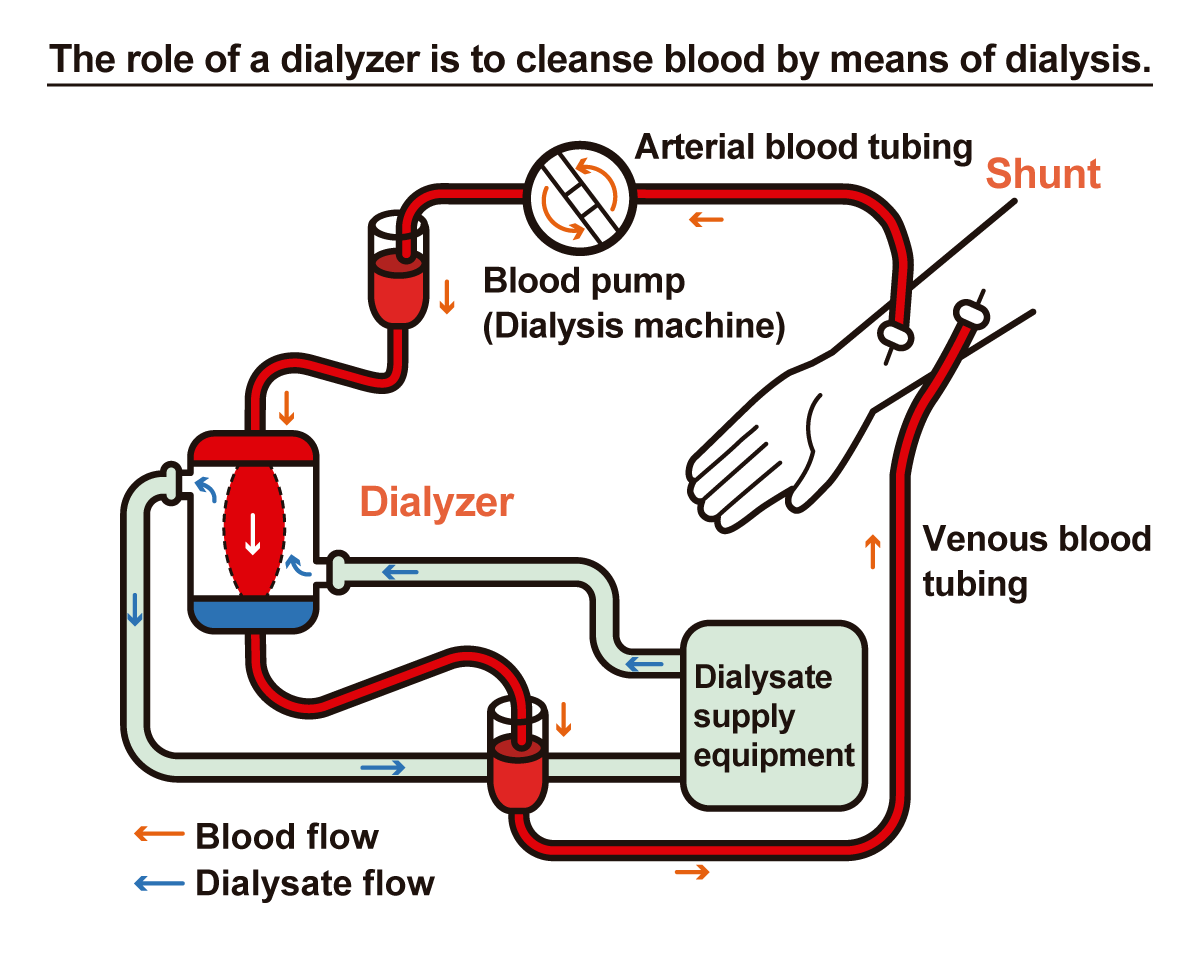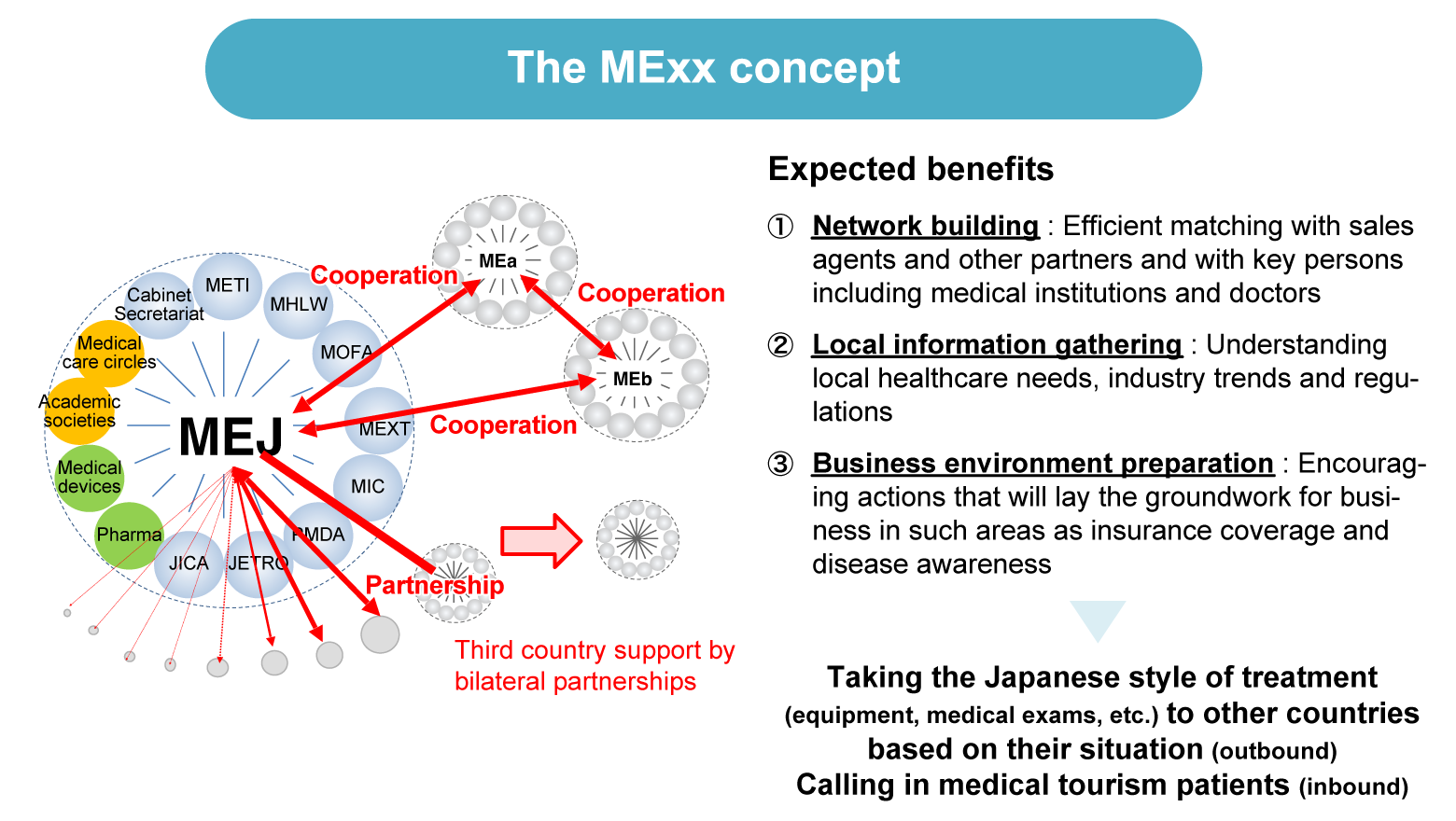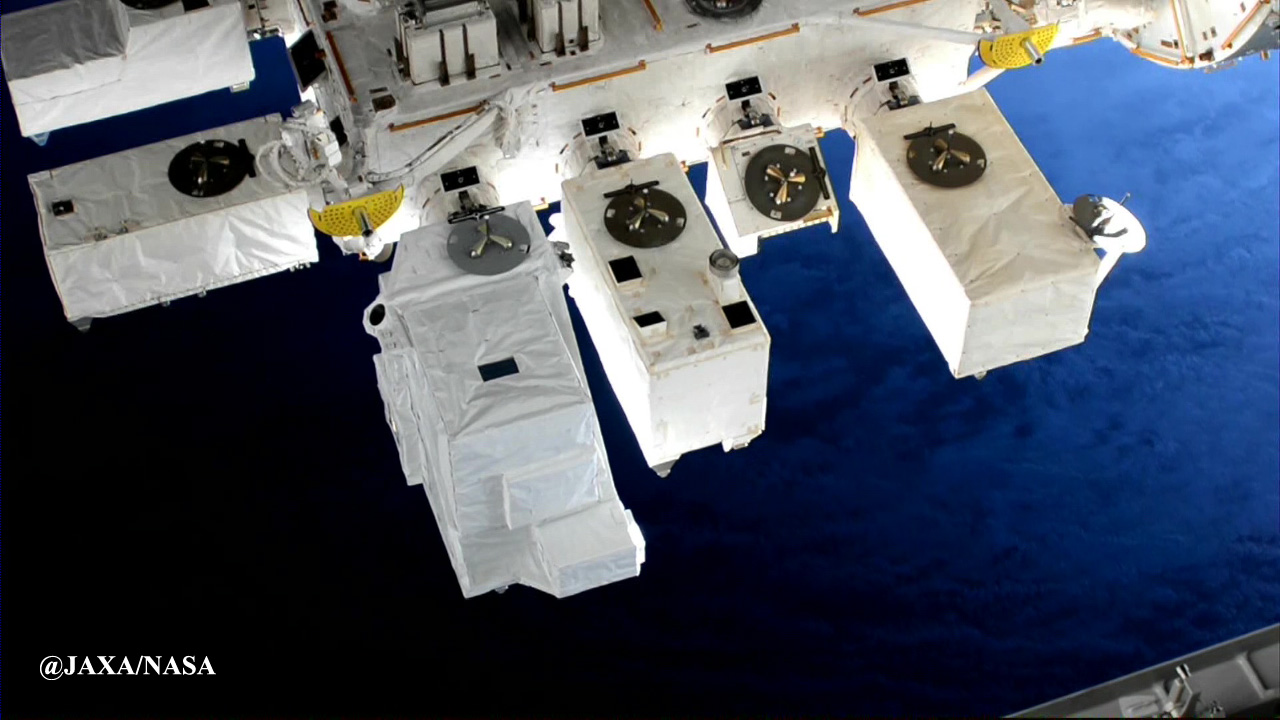More

- Where our mission meets our passion -
August 2, 2023
How do Japanese medical services attract overseas demand? - Breaking barriers by the combined power of the public and private sectors

NIPRO Dialysis Center in India. NIPRO operates 172 similar facilities in 11 countries.
Japan’s healthcare industry is stepping up efforts to expand into overseas markets. The worldwide trends of aging societies and economic progress are expected to drive heightened interest in health in emerging nations. In addition to securing quality and safety, there are many other issues to overcome in overseas expansion, including competition with rival companies and building up a supply network, as well as addressing business practices and regulations that differ from those in Japan. The Japanese government is providing active support for getting past these barriers. Assuming that new products and services are born out of the experience in overseas markets, the benefits will not be limited to Japan. We can expect these products and services to contribute to improved health for people all over the world.
Japan’s domestic healthcare services are known for their high quality. In the current state of things, however, this advantage is not being sufficiently realized.
Pharmaceutical Products: Exports 563.1 billion yen, imports 3.039 trillion yen
Medical Devices & Equipment: Exports 1.003 trillion yen, imports 2.815 trillion yen
This data is from the Ministry of Health, Labour and Welfare (MHLW) Statistics of Production by Pharmaceutical Industry* for 2021. The purpose of the survey is to clarify the status of domestic production. It has been pointed out that the survey tends to underestimate exports; for example, if a product is sold to an exporter in Japan and the exporter ships it overseas, it is counted as a domestic shipment. Even so, the gap can be seen as an indication of how much room for growth there still is in overseas markets for Japan’s pharmaceutical products and healthcare services.
Thanks to India’s national policy, NIPRO has been succeeding in winning over fans with its dialysis treatment
Working to enable all citizens needing dialysis to receive treatment near their homes.
In 2022, Indian Prime Minister Modi launched the “One Nation, One Dialysis” program aimed at providing dialysis treatment to the estimated 200,000 patients needing it in the country. One Japanese company is greatly benefiting from this program - the comprehensive medical manufacturer NIPRO, headquartered in Osaka Prefecture.
It has already received orders for 1,400 dialysis machines, equivalent to approximately two years of sales. India currently has 41,000 dialysis machines, but in the next two to three years expects to see new demand for an additional 40,000 units.

Plans to develop a dialysis treatment system in India began in the western state of Gujarat. Among those attending the commemorative event was Prime Minister Narendra Modi, who was born in the state, while NIPRO was invited with VIP status (October 2022).
When kidney functioning declines, as in diabetes, the body can no longer effectively remove waste products and toxins from the blood. Dialysis is the process of using an artificial kidney (dialyzer) to filter the blood and remove excess fluids.
NIPRO began manufacturing dialyzers in the 1970s. Since embarking on full-scale overseas expansion in the 1990s, the key selling point has been the spread of Japanese-style medical care.
In dialysis, first the blood is pumped to a dialyzer outside the body, using a blood pump(dialysis machine). In the dialyzer are semipermeable membranes through which only molecules and ions below a certain size can pass. Waste products in the blood pass through them and go to a liquid called dialysate. The cleansed blood is then returned to the body. In Japan, the “single-use” approach is taken, by which the dialyzer is used only once, from the standpoint of filtering performance and sanitation. In many countries, however, it is reused repeatedly, for economic reasons. India is one such country.


NIPRO has adopted the following strategy. While it would be difficult in Japan for legal reasons, in other countries NIPRO establishes the capability for offering dialysis treatment in centers it operates, bringing in its own products. Introducing the single-use approach, it gives patients, families and those involved in medical care the chance to see for themselves the benefits of the treatment. If the treatment is sufficiently effective, their medical and other costs are kept down and they realize that the treatment is not as expensive as they imagined. With help from the growing popularity of social media, the reputation spreads by word of mouth. In India, the cumulative effects of these diligent efforts have come to be reflected also in government policy.
Tsuyoshi Yamazaki, Managing Director, Global Business Division, NIPRO CORPORATION, said, “Our purpose is to spread Japan’s dialysis treatment, the top level in the world. To that end, we consider it important to have users of the treatment become NIPRO fans.”

“We want to spread the Japanese style of dialysis treatment around the world,” says Mr. Yamazaki
Not compromising on quality, or forcing the Japanese way on others
Preparing an environment overseas in which products can fully realize their functions is essential. Especially important is after-sales support. Of NIPRO’s approximately 300 employees in India, nearly half are responsible for maintenance, and go around promptly delivering spare parts, for example. The company has 27 training centers in 19 countries worldwide for learning correct use of the equipment.
Besides not compromising on the pursuit of quality in Japanese-style treatment or other areas, care is taken not to force the Japanese way on others. In India, for example, with its poor traffic situation, moving from one place to another can often take time. Insisting that employees show up for work at a set time as in Japan does not raise efficiency but only ends up lowering their motivation. Local human resources are actively appointed to managerial positions and given substantial authority. Management styles appropriate for the locale are established, such as permitting direct calling on customers.
According to a report released in 2022 by the survey site Panorama Data Insights, the global dialysis market size is expected to grow at an average annual rate of 6.7% through 2030. NIPRO already has sites in 60 countries and has come to earn nearly half of its net sales overseas. Having adopted a policy of further expanding overseas business, it has embarked on large-scale investment to boost its production capability.
Mr. Yamazaki, noting the effectiveness of getting involved in policy making, such as inviting the people responsible for healthcare in other countries to Japan, stresses the importance of support by the Japanese government.
Exporting medical care as a package: Powerful support from MEJ for overseas expansion
The winners and losers in pharmaceuticals and medical devices are not necessarily decided by market competition alone. Winning a high share in overseas markets also requires that the medicine or service be declared eligible for public insurance coverage, be included in guidelines referenced when doctors perform medical treatment, or in other ways become adopted as part of standard medical care in the locale. The role played by governments in each country and people in the medical care field is large, as the efforts by individual companies on their own often fall short of success.
Providing powerful backing for the spread of Japan’s medical care services is Medical Excellence JAPAN (MEJ), a general incorporated association headquartered in Tokyo. It was established in 2011 to focus the combined efforts of the national government, industrial world, healthcare industry, and medical societies on expanding Japanese medical care globally. Ever since, it has been gathering information overseas, lobbying key government officials, and promoting exchanges among people in the medical care field. It has compiled many successes, in areas such as endoscopic treatment in Vietnam and liver cancer diagnosis in Thailand, while also laying the groundwork for acceptance of patients from abroad at Japanese hospitals.
A current MEJ focus is on promoting the MExx concept. This is an undertaking that seeks to raise the level of medical care in other countries by helping them to establish in their own country a public-private partnership similar to MEJ (= MExx).
There have been many attempts by individual companies to sell their own products and services, which have tended not to expand beyond these individual efforts. The aim of this initiative is to sell packages of products and services of multiple companies, including medical devices and guidelines for prevention, diagnosis, treatment, and prognosis, after deciding the main focus, such as cancer. Important to this end is tying up with key persons in the local region and preparing the business environment. Having an organization like MEJ makes it easier to deepen cooperation between Japan and the partner country.
After the scheme bore fruit in Vietnam in July 2022, preparations are underway toward establishing such an organization in India, and initiatives are expanding to other Asian countries as well.

The Japanese government has set a target of 13 trillion yen by 2050 for Japan’s overseas market size in medical equipment and devices. The Healthcare Industries Division of the Ministry of Economy, Trade and Industry (METI) notes that “Japan’s medical equipment and devices industry is globally competitive in multiple areas besides dialysis, including endoscopes, clinical testing equipment, and large-scale medical diagnostic equipment. While making use of the MExx concept, we want to enable continued overseas expansion of Japan’s medical devices and services as packages, especially to emerging economies in Asia, Africa and elsewhere.”
Related Information
Medical Excellence JAPAN (MEJ)
*This article is an English translation of a Japanese article published by METI Journal on March 31.


